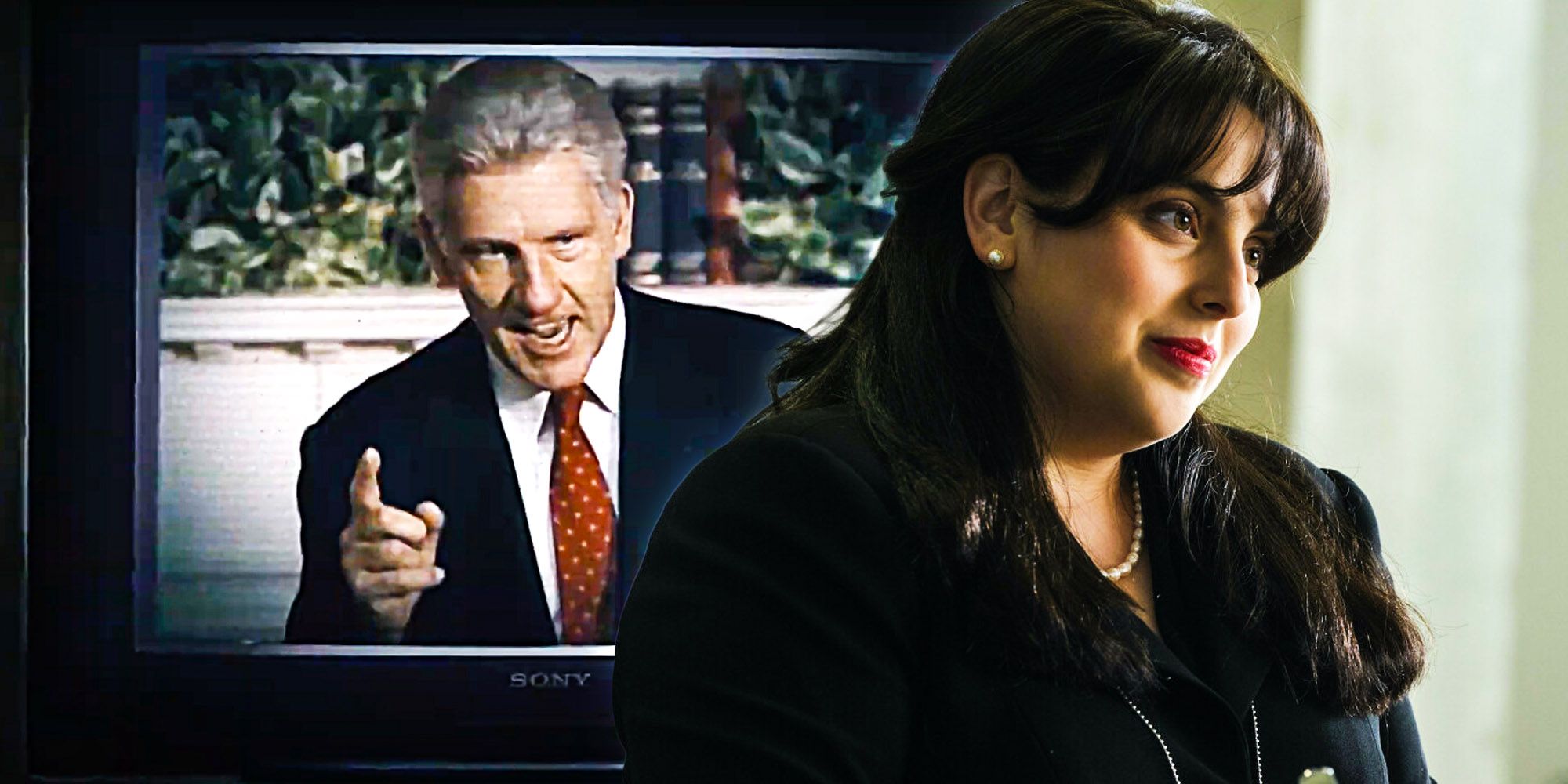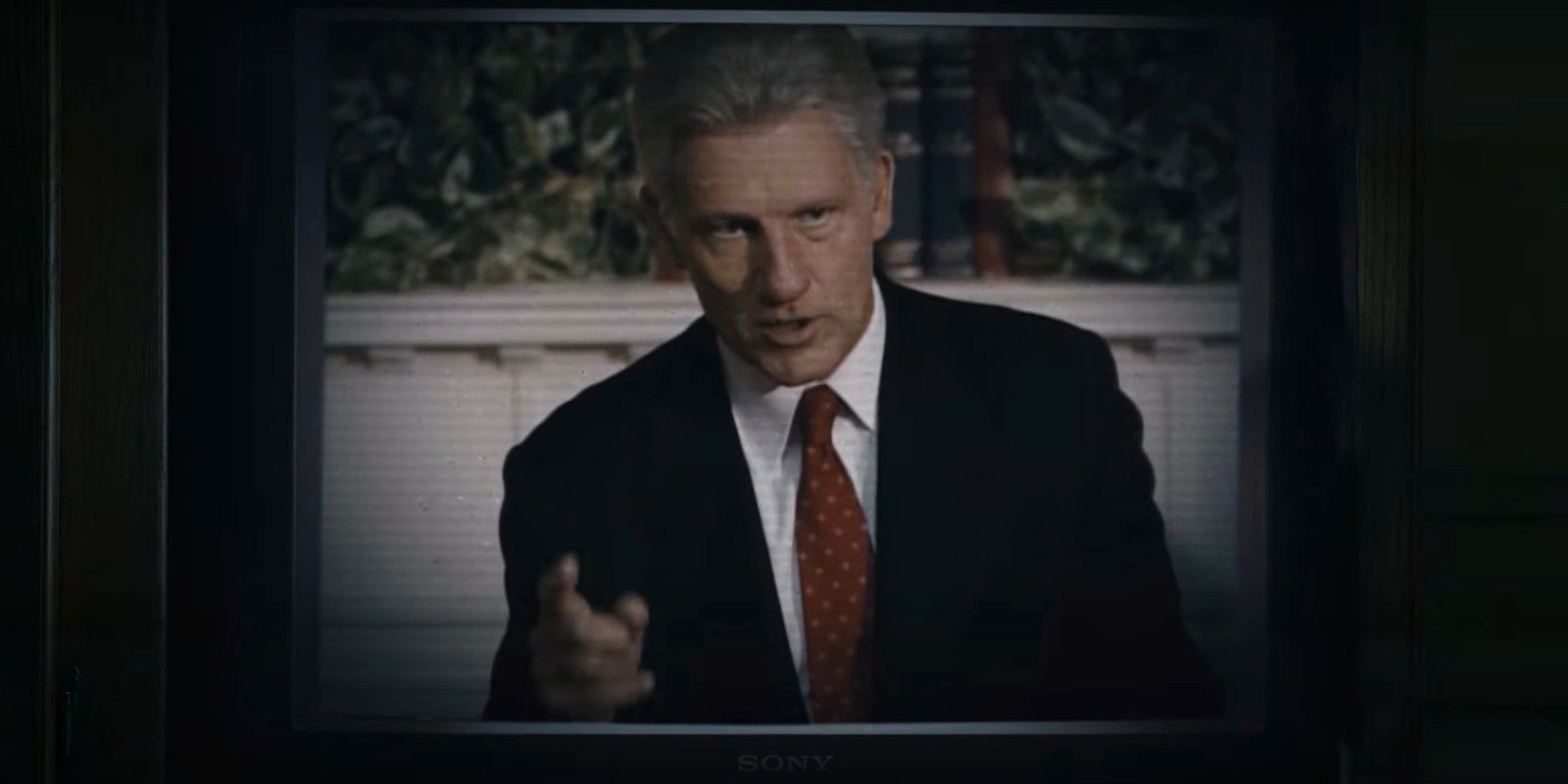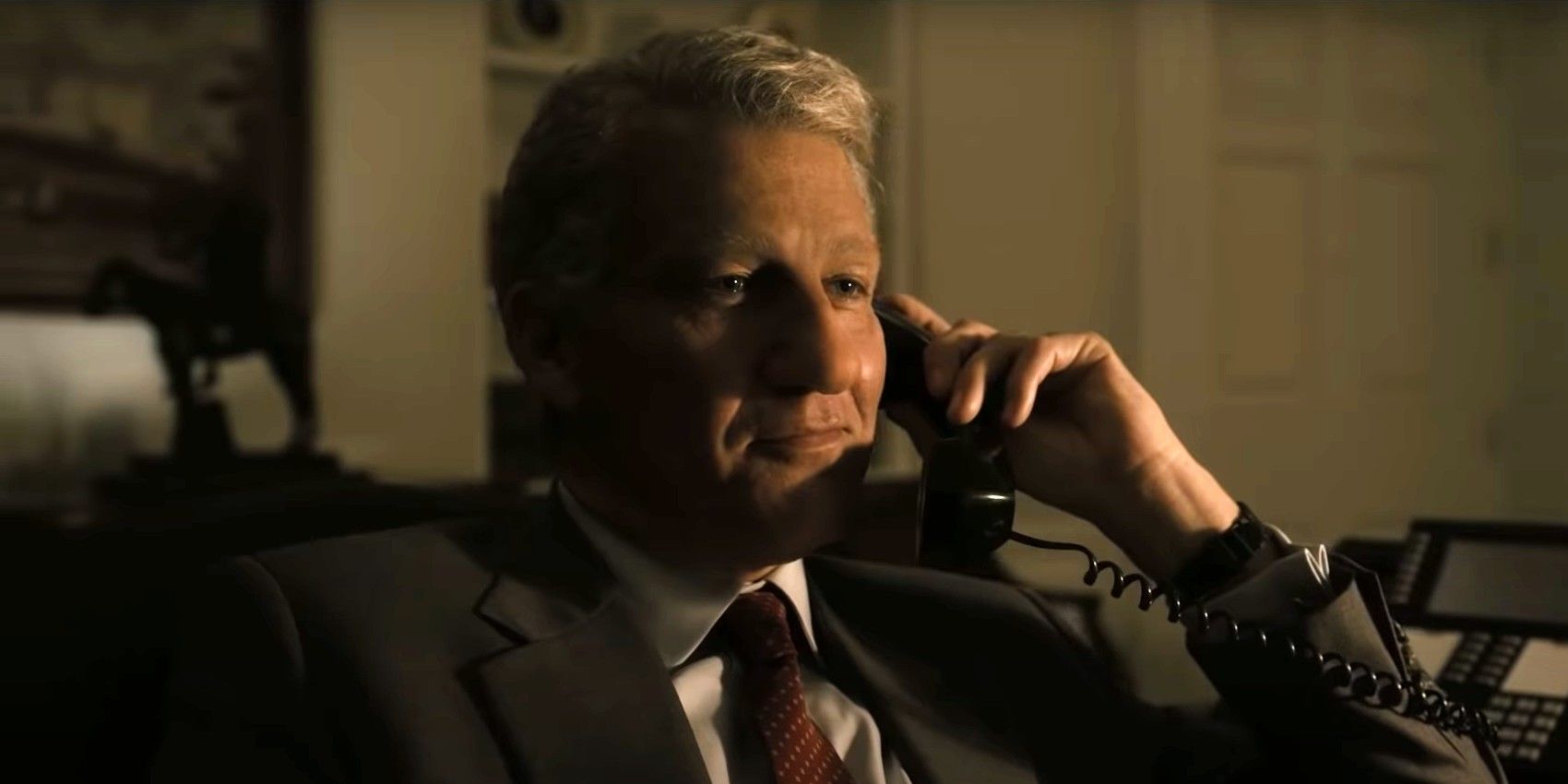
The latest series of American Crime Story relives the shocking and history-making impeachment of America's 42nd President, Bill Clinton. Chronicling Clinton's relationship with then-White House intern Monica Lewinsky, the show follows all the twists and turns of the saga. However, unlike the other two seasons of the hit FX show, American Crime Story season 3 will focus primarily on the epicenter of American political power, as well as tackling some extremely complicated legal issues, rather than the relatively black and white case of murder. Therefore, perhaps understandably, the context around the series requires a more in-depth explanation – especially around the nature of impeachment itself.
American Crime Story season 3 will examine the fallout from President Clinton and Monica Lewinsky's relationship between 1995 and 1997. The show will follow the affair from its inception, through to its eventual discovery by the press, as well as Lewinsky's rollercoaster friendship with Linda Tripp, who ultimately provided evidence of the affair to independent counsel Ken Starr. Ultimately, Clinton was found to have lied about his relationship with Lewinsky, leading him to become only the second US President to be impeached, following Andrew Johnson in 1868. The show itself is set to star Clive Owen as Clinton, Beanie Feldstein as Monica Lewinsky, and Edie Falco of The Sopranos as Hilary Clinton.
As a result of the scandal, Clinton was impeached on two counts for obstruction of justice and perjury in front of a grand jury. However, he was acquitted on both charges in the United States Senate, allowing him to see out the remainder of his term as President. Considering the proven deception involved throughout the affair and the long-lasting ramifications of the scandal, this might seem confusing. However, given the nature of impeachment and the specific crimes of which Bill Clinton was accused, it is perhaps understandable that he ultimately wasn't removed from office. Here's how impeachment actually works, along with some common misconceptions about the process.

Technically speaking, presidential impeachment is the mechanism available to the legislative branch of the US government to remove a President guilty of "high crimes and misdemeanors". In the Clinton case, the so-called articles of impeachment were determined by a House Judiciary Committee inquiry, which examined the evidence of the Clinton/Lewinsky affair in order to ascertain whether a crime had been committed. It was the result of this investigation that ultimately led to Clinton's impeachment in the House of Representatives.
Typically, after the articles of impeachment have been confirmed, a vote is then held in the House to decide whether the case should proceed to the Senate. In Clinton's case, the House voted to uphold two counts, while acquitting on two further counts of Perjury and Abuse of Power. This means that, although Clinton was not forcibly removed from power, he did become only the second US President in history to be impeached.
Although Presidential impeachment is extremely rare, there are other notable examples. Andrew Johnson, for instance, became the first President to face the process and was ultimately impeached for removing his Secretary for War, Edward Stanton, in direct violation of the newly-passed Tenure of Office Act. More recently, Donald Trump became the first President to be impeached twice – once for his role in soliciting Ukrainian involvement in the US 2020 election, and again for his alleged participation in the January 6th insurgency at The Capitol. Neither President was ultimately removed from office, meaning that, as yet, no American President has been forcibly removed via impeachment.

In the cases of Johnson, Clinton and Trump, all three Presidents were convicted in the House of Representatives (Trump, twice). However, despite their guilt, all remained in post and were able to see out the remainder of their term. This is because, in order to be removed, a President must be convicted by two-thirds of the Senate, as well as a majority of the House.
Although some cases have come close, no President has yet reached this threshold. In Bill Clinton's impeachment case, Article One was defeated by 55 votes against to 45 for, while Article Two resulted in a 50:5o split. Both cases, however, were well short of the required 67 vote majority.
Similarly, Donald Trump's first impeachment trial resulted in a 52-against, 48-for divide, with Mitt Romney as the only Republican voting to convict. His second impeachment was much less partisan, with 57 senators, including seven Republicans, voting to remove Trump from office. However, once again, the prosecuting parties fell short. In fact, of all the presidential impeachment trials, Andrew Johnson's was the closest – failing in the Senate by just one vote.

Clinton's impeachment originally stemmed from a separate set of accusations, levied by a woman named Paula Jones. Jones' case accused Clinton of sexual harassment during his time as Governor of Arkansas. In order to support their client's claims, Jones' lawyers sought to establish a pattern of behavior from Clinton, which led them to investigate the Lewinsky affair. During the trial, both the President and Monica Lewinsky herself denied that they had engaged in a sexual relationship, which was untrue.
By this time, Independent Counsel Ken Starr had already been investigating the Clinton administration for alleged financial misdeeds. However, after being presented evidence of the affair by Lewinsky's friend Linda Tripp, he concluded that Clinton had perjured himself during the Jones case. This led directly to the accusations of perjury cited during subsequent impeachment hearings.
Clinton's defense argued that, though the President's actions were morally dubious, they in no way reached the level of wrong-doing required for impeachment. Prosecutors, on the other hand, suggested that Clinton's perjury during the Jones case amounted to exactly the sort of high crimes and misdemeanors outlined in the constitution. Ultimately, Clinton's acquittal on both counts allowed him to see out the rest of his term in office. However, despite the extensive coverage of the story, the long-lasting ramifications of the saga make it just as dynamic and shocking as it was 25 years ago. Whatever your political dispositions, the Monica Lewinsky-produced American Crime Story season 3 promises to be an exciting addition to the franchise.
No comments:
Post a Comment